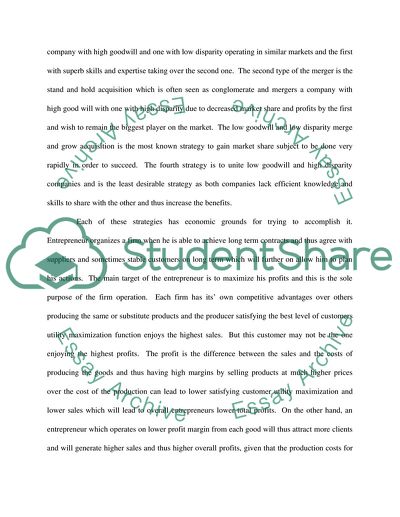Cite this document
(“Economics of Mergers and Aquisitions. Management motives and theory Essay”, n.d.)
Retrieved from https://studentshare.org/miscellaneous/1535693-economics-of-mergers-and-aquisitions-management-motives-and-theory-behind-the-proposed-bootsalliance-unichem-merger
Retrieved from https://studentshare.org/miscellaneous/1535693-economics-of-mergers-and-aquisitions-management-motives-and-theory-behind-the-proposed-bootsalliance-unichem-merger
(Economics of Mergers and Aquisitions. Management Motives and Theory Essay)
https://studentshare.org/miscellaneous/1535693-economics-of-mergers-and-aquisitions-management-motives-and-theory-behind-the-proposed-bootsalliance-unichem-merger.
https://studentshare.org/miscellaneous/1535693-economics-of-mergers-and-aquisitions-management-motives-and-theory-behind-the-proposed-bootsalliance-unichem-merger.
“Economics of Mergers and Aquisitions. Management Motives and Theory Essay”, n.d. https://studentshare.org/miscellaneous/1535693-economics-of-mergers-and-aquisitions-management-motives-and-theory-behind-the-proposed-bootsalliance-unichem-merger.


